Africa, Ghana, Dodowa and The Potter’s Village: In Search of (My) Happiness
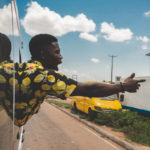
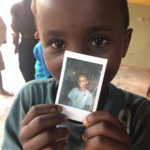
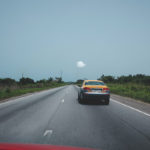
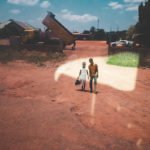
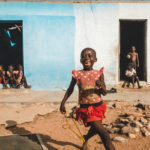
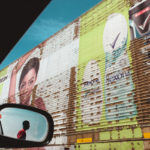
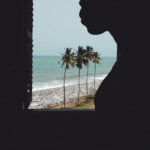
It took me a while to find the words to convey what we experienced in those breath-taking fifteen days, and it took me even longer to choose how to organise and share the photographs I brought back home: I was afraid to just present a bunch of random images, writing too little or maybe too much, my inexperience with compiling a reportage – though these days everything seems to be a “reportage”… Maybe it’s hip or something, I don’t know, but I assume the term entails deep, pre-emptive study of the context which was beyond my scope for my first trip to Africa. I’m also not sure this will be the gateway into further study, we’ll see!
After doubts that promptly solved themselves, tentative editing and miles (literal miles!) of crumpled notes coming out of my bin, I finally gave myself an answer, along three simple main points:
I chose “In Search of (MY) Happiness” as a title since this journey came in a very unique time of my life. I needed – and I still do – to distance myself from my daily routine (I didn’t do anything illegal, honest!), to leave our society for a while, to free myself from everything, at least temporarily. I started feeling the need to discover why more than a few things about our way of life don’t satisfy me, a well as new inspiration for my photography and places far from Rome or any sort of tourism, where I could deep dive. I wanted to get lost in order to face something unknown, to open my mind to cultures completely different from our own: almost like an excuse to be reborn, reset the preconceptions and prejudices piling up. I don’t know how many answers this approach will provide, but at least it puts me in the position of someone who doesn’t want to know, but thrives on contact and complete, sincere opening towards the people in my life. Maybe that’s the way of life that keeps me going, maybe that’s the kind of research I want and that might lead to me study different things… who knows.
Chapter I
Street Photography nel villaggio di Dodowa
Street Photography nel villaggio di Dodowa
Talking about Dodowa means talking about sudden and unexpected discovery, an infinite micro-universe made up by simple things, incredible hardships, genuine smiles and expressions of humanity that would warm anyone’s heart. Dodowa means understanding that, even where you think there isn’t anything, you can find everything. Actually, it’s there that true life unravels, made by just the essentials and rid of all that’s superfluous.
“In the end, you never really come back from Dodowa…”
Some shots will be included in several mini-collections that I will later post on my personal blog.
Chapter II
Street Photography - Road to Cape Coast
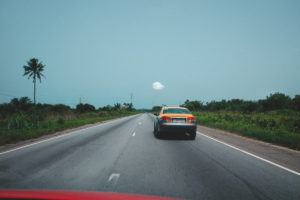 The road from Dodowa to Cape Coast is a crossroads of life and history. It’s a “playground” for street photography: Africa truly is “on the road”. Every corner of the land and every village are an inspiration for a shot that you can take home. The numerous ride swaps (in order: Bus – Taxi – Foot – bus – Car – Taxi – Foot) enabled me to live the road in a new way. It’s in times like these that Rebecca Webb’s idea that “discovery begins when you leave the highway” gains even more value. I strongly believe, although it might be obvious for someone into photography or travelling, that the most interesting things in a trip spring out when you run into narrow roads, maybe going through villages and landscapes never seen before. Then the search begins: everything starts making sense and that spark that says “go for it, take a picture!” ignites in your head. Boundless lands give way to tropical rainforests and hamlets oozing with life. I would’ve got out of the car (and speaking of that, beware: for a trip like this, get a driver you trust, he’ll get you back home in one piece, I want to stress that. Roads in Ghana are quite peculiar and I come from Rome, so that’s saying a lot) since, in Africa, there aren’t any places where you can safely stop and, not being alone, I decided to take pictures from the car, like recording video from a big Slider Dolly. In Africa, 90% of your life takes place on the road… and by that I mean the side. From street vendors to children playing and people just taking a stroll… it’s all within the space of a few metres!
The road from Dodowa to Cape Coast is a crossroads of life and history. It’s a “playground” for street photography: Africa truly is “on the road”. Every corner of the land and every village are an inspiration for a shot that you can take home. The numerous ride swaps (in order: Bus – Taxi – Foot – bus – Car – Taxi – Foot) enabled me to live the road in a new way. It’s in times like these that Rebecca Webb’s idea that “discovery begins when you leave the highway” gains even more value. I strongly believe, although it might be obvious for someone into photography or travelling, that the most interesting things in a trip spring out when you run into narrow roads, maybe going through villages and landscapes never seen before. Then the search begins: everything starts making sense and that spark that says “go for it, take a picture!” ignites in your head. Boundless lands give way to tropical rainforests and hamlets oozing with life. I would’ve got out of the car (and speaking of that, beware: for a trip like this, get a driver you trust, he’ll get you back home in one piece, I want to stress that. Roads in Ghana are quite peculiar and I come from Rome, so that’s saying a lot) since, in Africa, there aren’t any places where you can safely stop and, not being alone, I decided to take pictures from the car, like recording video from a big Slider Dolly. In Africa, 90% of your life takes place on the road… and by that I mean the side. From street vendors to children playing and people just taking a stroll… it’s all within the space of a few metres!And then we saw the sea, the vast southern Atlantic Ocean. An incredible body of water defined by Antarctica on one hand and the coasts of Africa and South America on the other. Our trip ended here, between the cities of Cape Coast and Elmina, where two imposing buildings called “slave castles” are located. Here, up until little over 100 years ago, innocent and free people were torn from their families, imprisoned and enslaved, forcefully relocated through ill-suited ships to the Americas. There, a life deprived of freedom awaited them, without any chance of ever seeing their families. Quite appalling. A story that keeps repeating, even today… but that’s a different story.
For this reason, I was silent throughout most of the visit. I thought about the history I was treading on, the places violated by mankind’s foolishness and our quiet visit in an era of technology and advanced industry. I thought a lot about how interesting it was to discover places where there is no tourism and no diversions whatsoever. I observed a lot and then took some pictures, with great discretion, what I found along the road, trying to offer a personal and relatable perspective on a place bound by terrible events too recent to forget just yet.
Chapter III
Potter's Village Photography and Life Experience
Potter's Village Photography and Life Experience
Back from the street, we go back to Dodowa and to the most “intimate” part of the trip: The Potter’s Village.
I need to focus here, or I’ll risk going on for hours describing this place that I’d call magical. The Potter’s is a miracle, a slap to the face at our fake welfare, our Western alienation, the individualism we ended up in. I called it a true social network of life, the one without stages and limelight, where in order to understand something you have to “wind up” in a place like this. A place where over 150 young people live through incredible hardships, where even drinking water isn’t taken for granted. And until you see those hardships with your own eyes, you can’t really understand. And in spite of those hardships (and here’s the real magic), they keep fighting back with a terrific sense of mutual respect and sensitivity. Despite not being as fortunate as we are, they have just as (if not more) willingness to devote themselves to education, to their passions, to work… to build a better world. Just like us, except much more. This is the best answer that The Potter’s gave me: we really need very few things in life, half a handful, they have nothing to do with technology and they’re accessible in an instant. Trimming the futile to concentrate on the fundamentals of life. Never forgetting to smile, to believe in a better world. I didn’t lift this from a book with smart quotes, I learnt this from my family and the boys and girls at The Potter’s. I learnt the meaning of SHARING (and not as we mean it on social media…) from 10 year olds, what it means to help the person right next to you, having to rely on your brothers to survive. Things partially clouded by the greed of modern society, putting things like politics, economics, business, Amazon Prime and Instagram stories first. And that’s all for now, I’d get boring, so I’ll leave the word to the young ones, whom I wanted to show in their beauty. And I don’t even want to say that this is the best way of life as I’m not looking for any type of confrontation: it would be impossible and inopportune. I just think sometimes, trimming the futile and going back to a simpler, more visceral and humane life wouldn’t hurt anyone.
Here are our friends, busy with their daily life at The Potter’s!
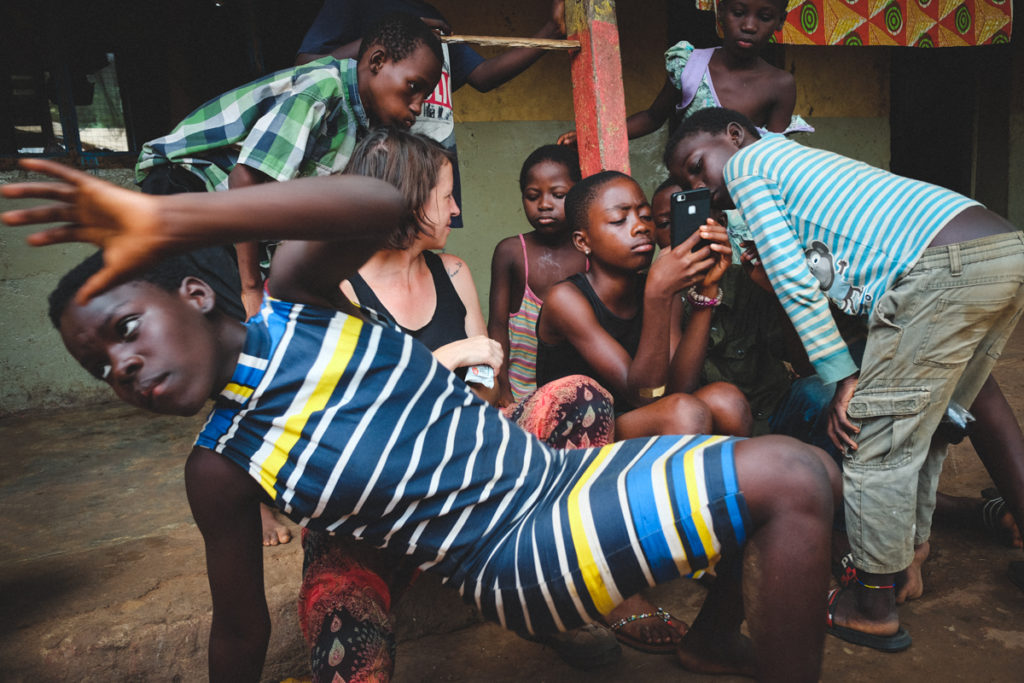
I named it “Experience” since I didn’t know what to title something like this, assuming it even needs a title. Then I thought it was a true life lesson/experience, so there you go, Experience. Something I’m struggling to narrate, because I deemed to intimate to tell not too long ago. Something for which I was afraid to fall into the cliché of the nice guy helping the less fortunate. I thought the true meaning of these actions wouldn’t surface. It was one of those experiences that truly change your way of life and get you closer, for a moment, to the ephemeral feeling we call happiness. An experience that taught me much and opened me to possibilities and roads never seen before. What is this about? I’ll try to explain shortly before leaving the word to the photos. Among the activities we did at The Potter’s, there was one in particular that marked my experience: we “played photographers” with the young ones. An idea sprung almost at random and not long before departing, without even knowing how to conduct it. I couldn’t know in advance how they would’ve reacted to this sort of activity, sometimes, even after gathering the material, I was stuck, because I thought it wouldn’t work… thankfully, I was wrong.
For this reason, I haven’t posted and shared with everyone (though I would have liked to and who knows, maybe in the future I might involve some colleagues) my little big crowdfunding: thanks to my family, my brother, some people at INGV (the National Institute of Geophysics and Volcanology) and a handful of my closest friends, I managed to purchase some Fuji instant cameras and sufficient film to bring along. I don’t know what to add, because I lived through this experience with such emotion that it’s still hard to translate into words. The rest is pure emotion, so I’ll leave the snapshots do the talking (many thanks to Valentina and the young people helping us throughout the project!). Getting to see the boys and girls, and not just them, so interested, curious and excited because of this game was by far the best gift in my life: the perfect reward for your hard work and the difficulties you bested!Seeing them taking pictures, laughing and pocketing their freshly-developed films (and even hanging them to show them) is a feeling that I will keep forever and that I hope left a mark on the life of these youngsters that I admire immensely for their strength and determination in their daily struggles: long live The Potter’s, long live photography!
Chapter IV
African Sunrise
African Sunrise
I didn’t know how to fit these last pictures into my narrative, whether because of the photographic technique used or because the result is a departure from the more “street” style seen until now. I thought of not including them to avoid creating too much confusion in the eyes of a hypothetical reader, but I then turned around and thought these situations left a mark on our trip between those wonderful days that amazed us with their genuine simplicity. The rising sun is bewitching regardless of the place you’re in and if you’re lucky enough to pass it with your friends and a small, brief moment of happiness… well, that’s half the battle. This is what I captured in those brief moments: a mini-shoot of sorts with Kwame, Ohavi, Vale, Alice and Ilaria, who went along with some faint ideas then turned into a mini series.
How to forget the alarm going off at 4:30 (waking Massy up at night… pure folly!), the memory card I forgot in my room and went back to pick up, the walk through the forest with friends and companions and towards the hill (ah, not everything has a name in Ghana, like this hill: to them, it’s just THE hill!) from which you can view most of Ghana and the deafening silence of Dodowa slowly coming back to life. With me, my trusty and essential Zenit Helios 44-2 from 1978, mounted onto a Canon 6D (not that you care all THAT much). With everything set on manual, retro tones and just enough “swirl”, I went for these shots: dawn on Dodowa.
The second dawn on the beach at Cape Coast, at the foot of the castle, eyes pointed towards the sea and waiting for the sun. An unforgettable morning, during which I watched the Ghanaian coast in all of its simplicity: fishers with their “dau”, typical African boats, going out at sea… the sun slowly decreeing the beginning of a new day and the constant noise of the sea (which was truly loud, like a vacuum cleaner turned on above your head) accompanied our wait. I vividly remember the feeling when the boats slowly passed through our sight as the sun filled the sky with beautiful colours and the curiosity as we watched those young men recover their nets straight from the beach… an example of pure hard work and sharing. Something to take back home and keep as the memory of an unforgettable trip.
You must forgive me, but I have a question directed at experts: sunrise in Africa begins with the sun already quite high. In other words, you don’t see the first glance poking from the horizon, it’s already high up. I asked locals too, but I couldn’t understand very much. I still don’t understand if it’s because of the geographical position or simply because of fog or something like that. It might sound trivial, but it’s a doubt that’s been haunting me for a year: in any case, any and all explanations would be much appreciated!
Massy! Afterall these colour pictures, why is the last one black and white?
Well yes, that’s how I pictured the end of this tale… much like Africa: sudden, beautiful, bountiful, barren and disorderly. I want to end it like this, with this image that I keep deep in my heart, because you don’t shoot with a chill down your spine every day: al cuore non si comanda!
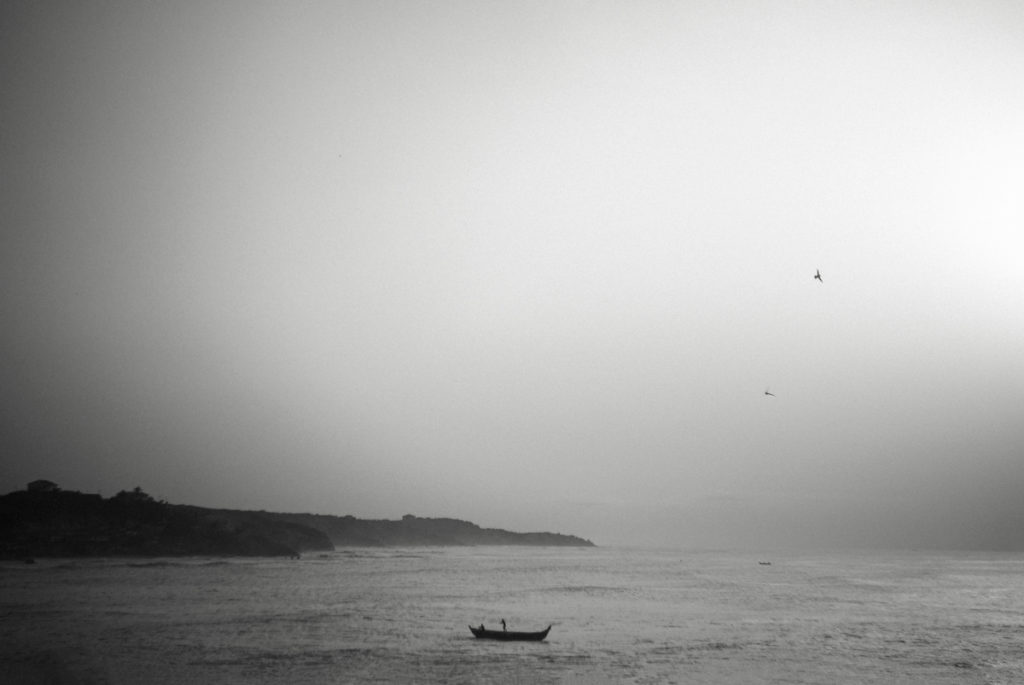
Chapter V (Bonus Track)
Memento ricordo dal Potter's Village
You thought that was the end of it?
Not quite, one final effort! I’ll leave you to some images depicting us with the boys and girls from The Potter’s. A series of “memento” pictures that I keep firmly in my heart and that I wanted to share with all of you.
This time, we’re actually done. I hope that, through my sharing of these pictures, you could appreciate the emotions of an unforgettable experience that significantly changed the course of my life. If you liked the article, leave a comment below: every piece of feedback is important to me!

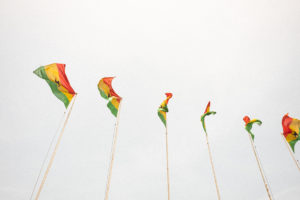
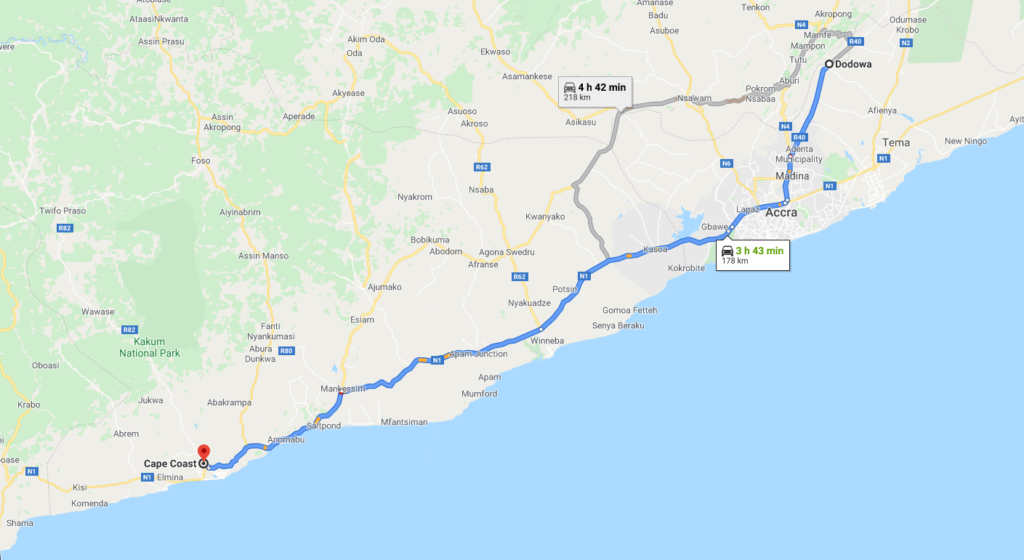
No Comments